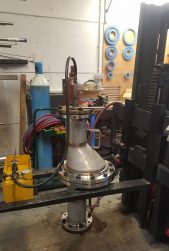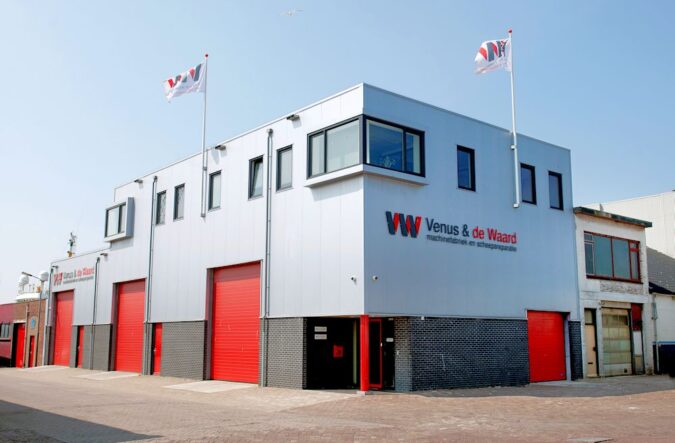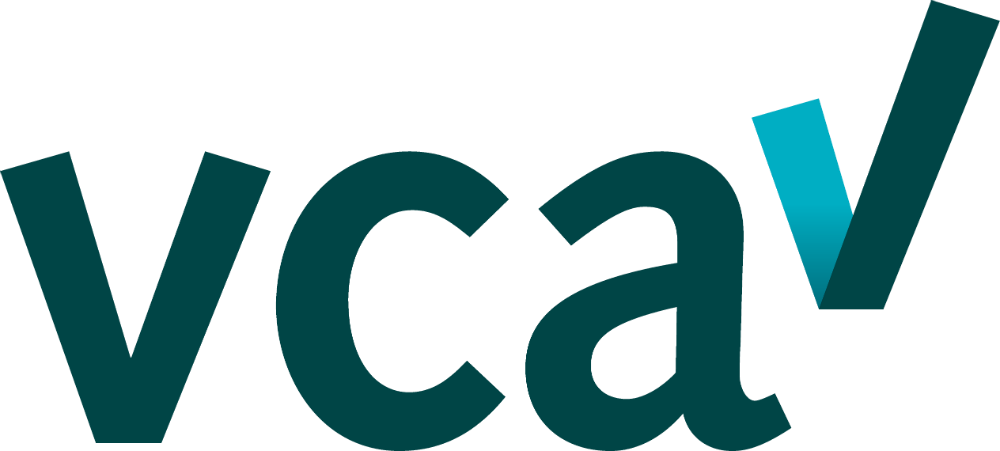Hose inspection

Venus & de Waard is not only a specialist in the field of tank cleaning machines, construction, machining and hose assemblies, but also in the field of testing and inspection of industrial hoses.
It is not always clear which rules apply to your hose park and to what extent it is of importance to you. This creates uncertainty on a regular basis about the re-inspection of hoses. Is inspection mandatory?
There is only one answer to this question: it is mandatory!
A brief explanation of the process
Our hose assemblies are in most cases supplied with a pressure test report. The certificate serves as proof that the new hose is safe and has been tested according to the legally required test pressure.
There are several factors that influence the quality of a hose, such as varying operating pressures, operating temperatures and cleaning procedures. All these and more factors have a negative effect on the lifespan of the hose. This may result in, among other things, the lowering of pressure resistance of the inserts and the weakening of the connection between hose and coupling.
Hoses are covered by the Practice Guideline Pressure Equipment. The goods legislation refers to this directive since May 2015 and states that the user is charged with a duty of care. The duty of care is defined in the directive as follows:
“A general, user-oriented, obligation (primary responsibility) for the care of the technical integrity of work equipment including fixed (stationary) pressure equipment for safety, health and environmental protection.”
The Dutch Practice Guideline 5527 (NPR 5527) describes where you need to comply as a user. It states exactly why, how, and at what pressure and how often different types of hoses should be re-examined. The NPR 5527 applies to all hoses!
To maintain the safety and lifespan of your hose, you can have them re-inspected. The NPR5527 specifies an inspection interval of one year. You can, however, deviate from this interval if you can demonstrate by means of a risk analysis that this is lawful.
During re-inspection we perform 2 types of tests:
- A visual inspection to determine the quality of the hose in connection with wear marks (the quality of the inlays and inner wall cannot be inspected visually).
- If the hose passes the visual inspection, we will proceed to the hydrostatic pressure test. This test is meant to also check for length change, the occurrence of blowing on the outer wall and twisting.
After the test you will receive a certificate from our findings. The certificate states whether the hose has passed the test or not. Even if the hoses is rejected, you will receive a certificate stating why the hose has been rejected. The certificate is proof that you have met your duty of care by means of an independent test.
PAY ATTENTION!
The pressure test is always a snapshot, vigilance when using hoses remains a requirement. With the re-examination, however, you can recognize a weakened hose at an early stage and take it out of service if necessary. You increase safety and reduce health and environmental risks.
Test locations
We perform tests at our own location or at the location of the client. Thanks to our various water test machines, we can also test at Zone 0 locations.
We also test flange reducers and piping.

Venus & de Waard BV
Industriestraat 16-18
1976 CV IJmuiden
The Netherlands
tel: +31 88 2102000
info@venusendewaard.nl
VDW gearbox overhaul
Industrieweg 34B
1521 NE Wormerveer
The Netherlands
tel: +31 88 2102020
twk@venusendewaard.nl
![[ Venus en De Waard logo ]](https://www.venusendewaard.nl/wp-content/themes/venusendewaard/images/logo-venus-en-de-waard.png)
